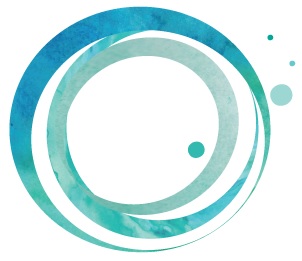Well the truth is, the statement should be "you can't have certain types of laser if you have black skin"
Laser treatments have proven to be very beneficial in the treatment of a variety of medical skin conditions and also useful for rejuvenation and cosmetic treatment. Lasers are widely used to treat birthmarks, broken veins, acne, acne scarring, ingrowing hairs, hair removal, keloid scars, pigmentation and the list goes on!
Only certain types of laser can be used safely in darker skin, as the risk of burning in darker skin is relatively high. We regularly meet patients who have attended a laser facility and been told they can't be treated. Or because of excessive caution and lack of understanding from the laser operator, the patient is treated with too little laser energy so even after multiple treatments they do not see any benefit. In worst cases, the patient may have treatment but end up with blisters, burns, scars and pigmenation changes from inappropriate lasering.
The myth "you can't have laser if you have black skin" arose from these clinics and practitioners who choose not to treat darker skinned individuals due to the type of lasers they have or lack of knowledge/experience.
Which lasers can be used?
To treat dark skin successfully, the main skill is to be able to pass the laser beam through the surface of the skin without burning the skin surface.
Lasers which have a short wavelength are widely used to treat light skinned patient but these will definitely burn darker skins.
Lasers which have a long wavelength, such as Nd:YAG or Erbium can pass through the surface of dark skin without burning it.
What can be treated?
Our most commonly requested laser treatments from dark skinned patients are for hair removal, pigmentation and scars. We can safely treat all of these conditions with the longer wavelength lasers.
Ingrowing facial hair
Carlton, 27 years old, has had ingrowing hairs on his neck for about 15 years. These are painful and frustrating because he develops infections and boils in the neck area where the hairs in-grow. He’s worried about getting keloid scarring has he has seen friends develop keloids on their face.
Solution: Nd:YAG laser hair removal to clear the neck of ingrowing hairs. He has thick strong black hair and African dark skin tone which will need a specialist long wavelength laser.
Acne scarring
Ebere, 32 years old, has been looking for treatment for her facial acne scars, which she finds get her down. Her acne has been successfully treated but the indented scars remain. She has previously looked into lasering and chemical peels, but has been told her skin is too dark.
Solution: Erbium:Glass laser to treat the acne scars and improve her facial contour. This laser can penetrate deeply enough to stimulate the collagen to improve the acne scars, but still not damage the skin surface of dark skinned patients.
More information:
If you would like more information on whether your skin is suitable for laser treatment or about lasering dark skin types, please contact us.


